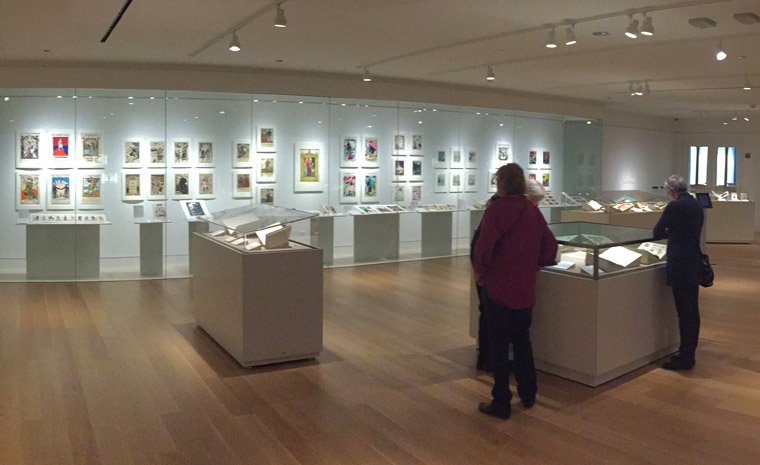Women in the Era of World Wars
Wartime affected campus life in profound and unexpected ways. When men withdrew from college to aid the war effort, women's presence and campus visibility increased. Women's proportion of the undergraduate population increased from twenty-two percent in 1910 to thirty-four percent in 1920. During World War II, women outnumbered men on campus, constituting fifty-seven percent of the undergraduate population in 1945. Formerly majority-female classes in SSA and Sanitary Science were often populated entirely by women students.
The nationwide ethic of self-sacrifice and involvement in national politics permeated campus life. Women students and faculty publicly pledged to prepare themselves to serve their nation in their homes and their careers. Wartime imperatives also shaped women's leisure activities, providing opportunities to engage in national politics and find creative ways to contribute to the war effort. During the World Wars, Settlement League members rolled bandages for the Red Cross and held dances for servicemen at Ida Noyes Hall.
The national trend toward pragmatism and sacrifice was also evident in women's wartime attire. Images of girls in the Mandel Hall coffee shop and in a 1943 fashion show presented the "ideal wartime coed," whose hair, shoes, and pants exemplified low-maintenance, active and inexpensive style. By 1947, fashions veered toward the feminized and romantic, and women's proportion of undergraduate enrollment dropped to thirty percent.
Vol. 4, no. 11, October 1940.
Archival Reference Collection.
Pulse, a student magazine, announced sponsorship of a women's defense group and suggested that the nation's defense program include a six-month intensive training course for unmarried women without dependents.





